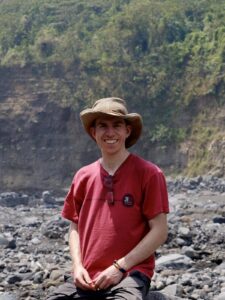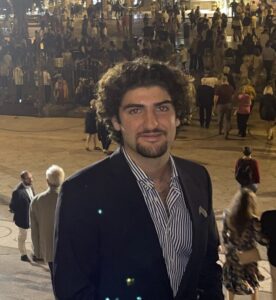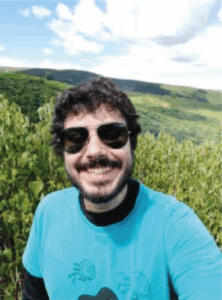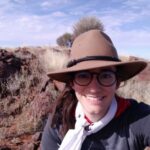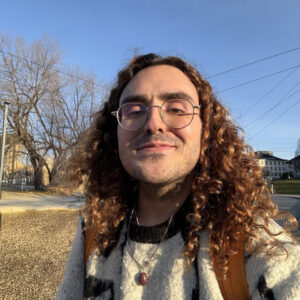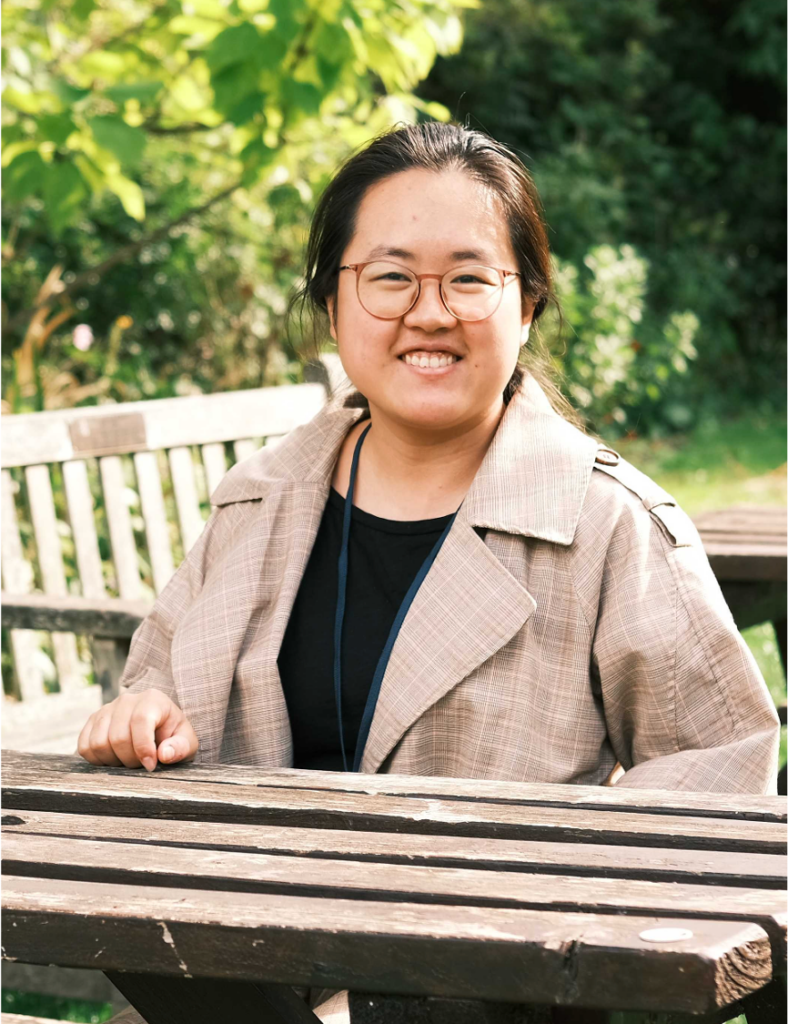The Geodynamics (GD) Division of the European Geosciences Union (EGU) coordinates the scientific programme and related activities on all aspects of geodynamic processes in the lithosphere, mantle, and core of the Earth and the terrestrial planets. The division also promotes scientific interchange and dissemination of activities carried out by its members.
This blog serves as a platform for the geodynamics community to share news, articles and events. In our Wednesday blog posts, we have several regular features, such as the Geodynamics 101 series, which serves to show the diversity of topics and methods in the geodynamics community in an understandable manner for every geodynamicist and science-fan. We also have Wit & Wisdom posts full of wit (but rarely wisdom). Interesting regional and global geodynamics are discussed in the Remarkable Regions and Peculiar Planets series. The latest geodynamics news can be found in our News & Views posts. The last Wednesday of the month, we have a column called Ask the Sassy Scientist, where an anonymous scientist (who is sassy) answers questions from our readers. If you would like to contribute to the blog as a guest writer, don’t hesitate to contact us!
The Geodynamics Division hopes to address a wide range of topics, as well as the major challenges related to geodynamics. The division publishes updates on LinkedIn and BlueSky.
The Blog Team
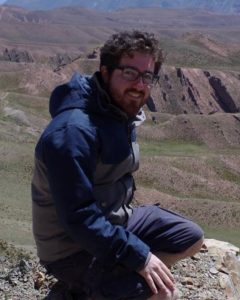
Michaël Pons
Michaël Pons is a postdoc at GFZ Potsdam (Germany). He is working on the modeling of subduction processes associated with the formation of the Andes, as well as global-scale modeling as part of the MEET project. His research interests range from mantle and lithosphere dynamics to surface processes. Michaël is editor-in-chief of the EGU GD blog and you can contact him via e-mail or find him on Twitter @MichaPons
or BlueSky.
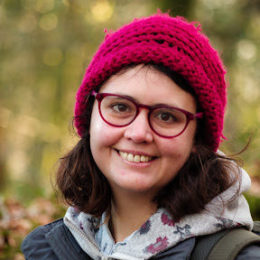 Constanza Rodriguez Piceda
Constanza Rodriguez Piceda
Constanza Rodriguez Piceda is a postdoctoral researcher at the University of Plymouth (UK) as part of the Quake4D project. Her research interests span from the role of fault networks with complex geometries in earthquake processes to the link of the lithospheric structure with observed seismic deformation. Constanza is editor-in-chief of the GD blog team. You can reach her via e-mail or find her on BlueSky and LinkedIn
Adélaïde Allemand is a PhD student working in Paris at IPGP (Institut de Physique du Globe de Paris). She started her thesis in December, 2023 on the 3D simulation of a conceptual strike-slip fault, using Discrete Element Modelling. She wants to study phenomena at scales ranging from the earthquake to the earthquake cycling. Her work addresses major topics such as: the geometry and propagation path of the coseismic rupture, the distribution of tectonic deformation, the evolution of the interseismic strain field, or the long term evolution of a strike-slip fault system.
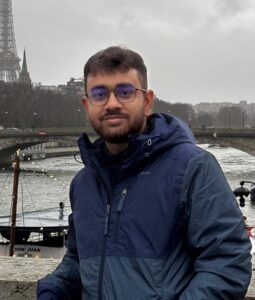 Arijit Chakraborty
Arijit Chakraborty
Arijit is a PhD student at Durham University, UK. His current research deals with numerical modelling of long-term craton dynamics and their effect on mineral deposition along its edges. His research interests range from continental dynamics to craton formation and survival. You can reach him via e-mail.
Alexis is a PhD student at ISTeP in Sorbonne University in Paris. He started in October 2023. Specialized in long-term thermomechanical modeling, he studies tectonic deformations in accretionary prisms in subduction zones. His goal is to link these long-term deformations to the seismic cycle.
Conor Farrell
Conor Farrell is a PhD student at the University of Florence specialising in continental rift segmentation, with the Main Ethiopian Rift serving as his primary study region. His research combines analogue modelling and remote sensing techniques to investigate how rift segments evolve and connect during extension. This work is motivated by its applications to geothermal energy development. His broader research interests include the transition from continental to oceanic rifting, volcanic hazard assessment, and geothermal exploration.
Pauline (she/her) is a doctoral researcher working in GFZ Potsdam, Germany. She develops new automated techniques to map and characterise fault networks in continental rifts allowing a better global understanding of regional dynamics. She likes to study motion in general using different approaches such as analogue modelling, satellite imagery. You can contact Pauline via email.
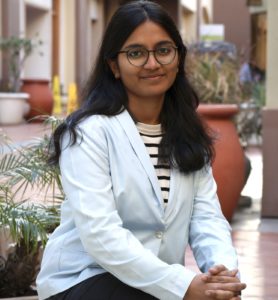 Prachi Kar
Prachi Kar
Prachi Kar is a graduate research assistant at School of Earth and Space Exploration, Arizona State University. Her research interest involves investigation of the structure, dynamics and evolution of the Earth’s lowermost mantle using numerical modelling. She is a part of the GD blog team as an illustrator as well as an editor. You can reach her via e-mail.
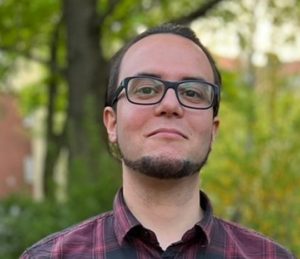 Lorenzo Mantiloni
Lorenzo Mantiloni
Lorenzo is a Postdoctoral Research Fellow at the University of Exeter, UK. His research interests focus on the dynamics and stability of magma mush reservoirs, as well as numerical and analogue modelling of crustal stress and pathways of magmatic dykes. He is part of the GD blog team as an editor. You can reach Lorenzo via e-mail.
João Bueno is a Brazilian geologist and Ph.D. student studying numerical geodynamics. He studies superficial processes that affect rift morphology and temperature fields. He is also a GIS programmer with experience in geotechnical work, geological risk assessment, remote sensing, and mapping.
Lea is a blog illustrator and postdoctoral researcher in the Mineralogy group in Potsdam University, Germany. Her research interests focus on the properties of minerals at high pressure and high temperatures. You can reach her via email and follow her on Instagram.
Manel Ramos is a PhD student at the Université de Pau et des Pays de l’Adour (France) and the University of Bergen (Norway). His research focuses on the numerical modelling of salt tectonics, particularly the architecture and controlling factors of diapiric structures, with a special interest in intra-salt deformation. His work has direct applications to the Zechstein Basin in the North Sea and other evaporite basins worldwide. He is part of the GD blog team as an editor. You can contact him via email, LinkedIn or Twitter.
Nuno Rodrigues is a first year PhD student in the Department of Geology at the University of Lisbon and associated to the Solid Earth Dynamics research group at Instituto Dom Luiz in Portugal. Using numerical modelling, his research focuses on the dynamics of orogens and the factors that enable plateau formation. you can find him on Twitter @NunoMFRodrigues and ResearchGate, or contact him by e-mail.
 Rajani Shrestha
Rajani Shrestha
Rajani Shrestha is a Geophysics PhD student at the California Institute of Technology. She has an MS in Geology from the University of Delaware where she worked on seismic anisotropy along the eastern North American margin. Her current research focuses on time-dependent earthquake forecasting and characterizing the spatiotemporal evolution of seismicity. You can reach her via email.
Garima Shukla is the ECS Representative for the Geodynamics division and a Research Associate at the Indian Institute of Geomagnetism, Mumbai, India. Her research focuses on the origin and emplacement of Pachmarhi dyke swarms in the Deccan Continental Flood Basalt through rock and paleomagnetic analysis, as well as investigating the depth of the feeder magma chambers. You can reach her on Twitter, LinkedIn, and via email
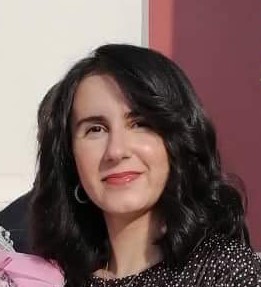 Kleoniki (Lydia) Theodoridou
Kleoniki (Lydia) Theodoridou
Kleoniki Lydia Theodoridou is a Geologist with a master’s degree in Risk and Disaster Science from University College London. She is a working as a Publications Manager at the Institute of Strategic Risk Management and a Blog Editor at the European Geosciences Union Geodynamics division for the fourth year in a row. Her research interests range from Disaster Risk Reduction, Climate-related topics, Geoheritage and Geodynamics. You can reach Kleoniki Lydia via e-mail.
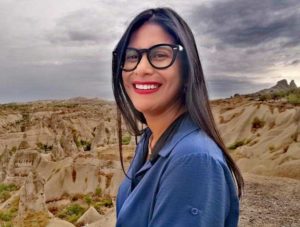 Katherine Villavicencio
Katherine Villavicencio
Katherine Villavicencio is a planetologist who investigates the geodynamics of rocky and icy bodies across the Universe. She is currently a postdoctoral researcher at the University of Pisa, where she develops numerical simulations to study the dynamic evolution of rock glaciers on the Martian surface. Her broader research interests include the internal structures and thermal evolution of planetary mantles, particularly those of exoplanets and their moons.
 The Sassy Scientist
The Sassy Scientist
The Sassy Scientist is sassy and – surprisingly – a scientist. The Sassy Scientist is a mystery: an integral part of the geodynamics community and at the receiving end of stories on research and scientific experiences from research departments all over the world. With an unprecedented knowledge on all aspects of geodynamics and related topics, The Sassy Scientist can answer any question. Patiently waiting for you to submit yours here…
The Social Media Team
The social media team consists of 3 members, Garima Schukla who is also our ECS representative, Betti Hegyi, and Duo Zhang.
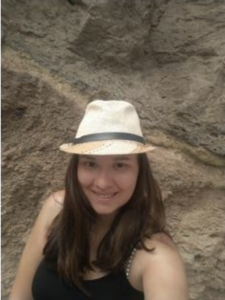 Betti Hegyi
Betti Hegyi
Betti Hegyi is a third-year PhD student at ETH Zürich, in the Structural Geology and Tectonics group. Her work focuses on earthquake cycle modeling and the role of fluids in seismic events. She is interested in topics related to tectonics, lithosphere dynamics and fault mechanics. Betti is part of the EGU GD social media team. You can reach her via e-mail.
Duo Zhang
Duo is a graduated PhD student from School of Earth and Environmental Sciences of Cardiff University. Her interest is plate behaviors in a subduction system, especially back-arc extension on the overriding plate. She is running 2D numerical models to explore them by the open source code Fluidity. She is also interested in parameters of rheology, She is investigating how each deformation mechanism of composite rheology influences plate behaviors. You can contact her via email.
The European Geosciences Union (EGU) is Europe’s premier geosciences union, dedicated to the pursuit of excellence in the Earth, planetary, and space sciences for the benefit of humanity, worldwide.
Banner image: Plunge, by Ian Watkinson; Image source: Imaggeo
The opinions expressed in the Geodynamics Division blog are those of the authors, whose views may differ from those of the European Geosciences Union.



